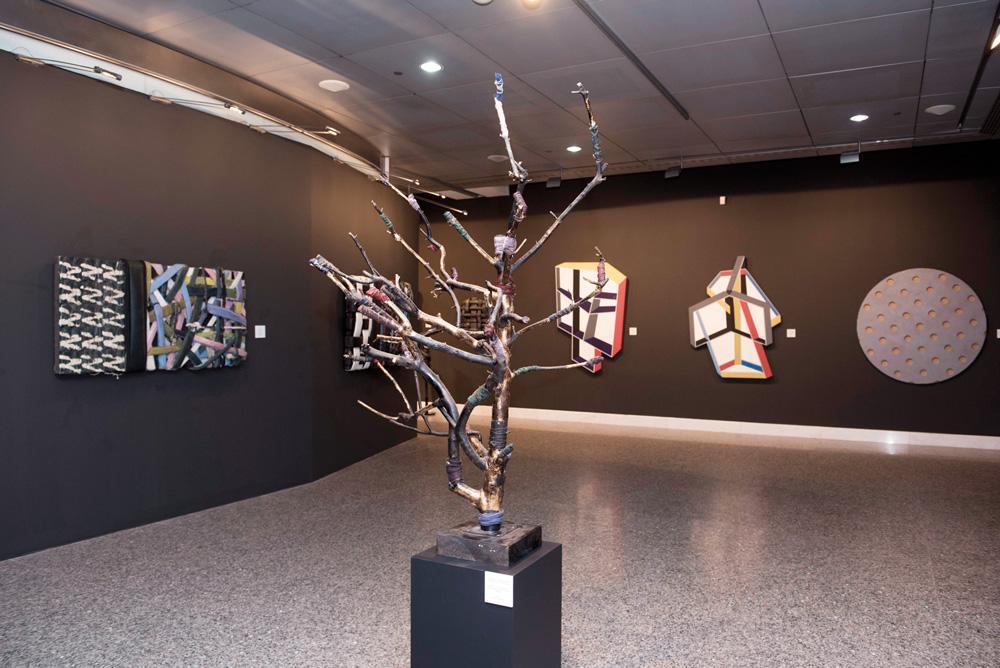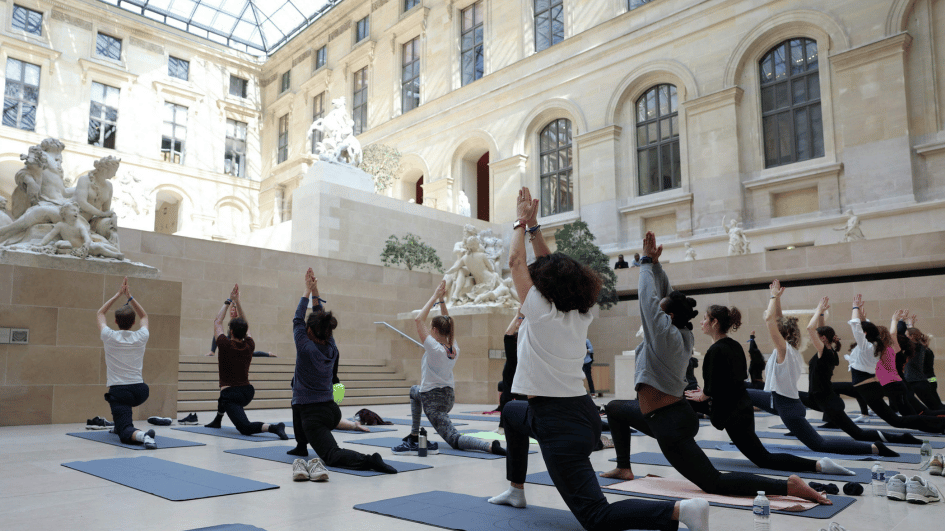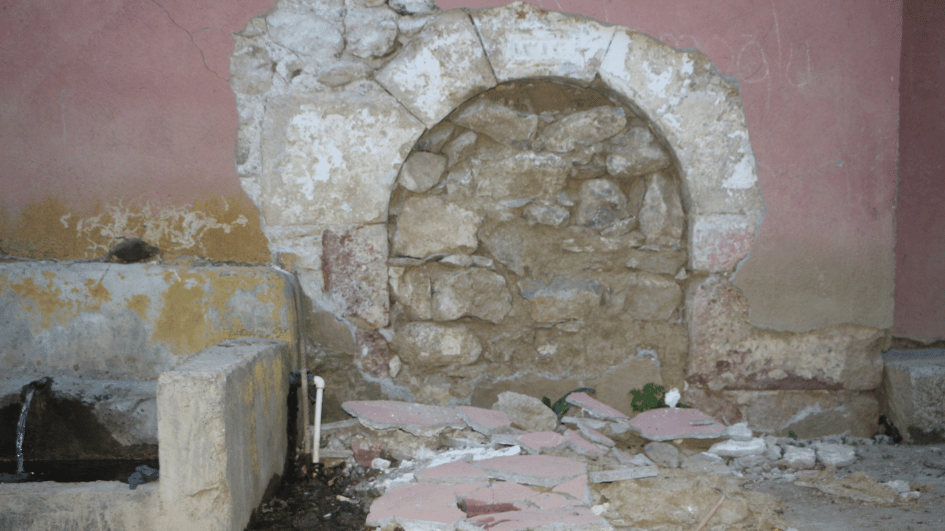From cages to patches: Discovering a metaphor for life
HATİCE UTKAN ÖZDEN

Bubi David Hayon, who is known in the art world as Bubi, has created works that can be defined as self-enclosed cultural metaphors of his own life and his surroundings. The importance of these works is they reflect the cultural aspects of our lives and his own history, in relation with himself, his artistic approach and his perception of identity and belonging.
In the exhibition titled “Bubi 6 Periods” at İş Sanat’s Kibele Gallery curated by Hakan Çarmıklı, it is possible to see the artist’s different approaches. Each era, the icons, the cages, stitches, patches, applique surfaces and tablets, in fact, are a reflection of his life experiences and his art. The exhibition represents an up close and personal aspect.
“In fact, I have 24 periods, but in this exhibition, we have decided to show six periods,” said Bubi, adding that he believes in the process of creating artwork and the ability of artworks to create themselves.
If one were to try and examine his works, one would find many different aspects of Bubi’s existence in life. His way of perceiving culture and belonging to Jewish identity are just a few of them. Some works show his relationship to his mother, reflected in stitches and patches. In others, he re-discovers a new approach looking through Ottoman and Turkish Islamic architecture, which are reflected in his creation of “cage” series.
He blends his own history and life experiences with cultural aspects, architecture and society in his works. Some cages are inspired with Ottoman and Islamic architecture that have been used for many years. However, this also reveals why he has chosen to create cages, which raises the next question about the cages.
The cages as a metaphor for ‘disguise’
Cages are Bubi’s signature work. Each cage defines his approach to art and his cultural background. Bubi comes from a Jewish family. His grandfather was the dentist of Abdulhamit the second. This entire cultural blend has been poured into his style of art, which takes its unique form in his cages.
“Cages are the most used aspect of my art. Since 1970, I have worked with cages. I am still making cages. I started with plain painting, then turned this into relieves. After a while, it became the style I define myself with. Most people know me through my cages,” said Bubi.
What do the cages mean for Bubi? The question is a deep one. The cages represent a metaphor in the artist’s life. Bubi loves to close himself off in his studio while he works, in a sense, putting himself in a cage.
“I shut myself out in the studio. It is almost like the epic of Odyssey. I feel like I am trying to shut my ears to the sirens. I shut myself off from the sirens of the outer world,” he said, trying to define the process in his studio in relation to the cages.
Therefore, the creation process for Bubi is a meditative process. In a way, he himself stands behind the cages.
His cages are also related to his works from the nineties, which he defines as works without identity.
“During the nineties, my artworks appeared without identity, meaning that the maker of them seemed anonymous. I wanted it to be that way because I wanted to hide behind cages,” Bubi said. The cages are also a metaphor for his identity.
Stitches and patches as a metaphor for ‘a mother’s work’
Bubi likes to sew patches and stitches on his artworks. Similar to cages, this has become his signature. Sometimes his stitches look shabby, as if they have been done without care. The patches are a metaphor of his relationship with his mother. The artist’s close relationship with his mother is in every aspect of his art.
“With stitches and patches, I reveal my relationship to the past. When I was little, my mother patched my clothes, so if I fell nothing would happen. With these patches, I felt safe and comfortable. I never had the fear of damaging my clothes and in a way, these patches made me free,” he said.
The sewing and patching technique in Bubi’s works are so strong that each of them are a reflection of his past. He uses photographs, old notes taken on papers and many other materials to sew on his paintings or canvases.
Another important aspect of his work is derived from patches, which are icons. Icons are also a reflection of Bubi’s past. They represent his religious roots. He also uses patches on icons (or around them), to define certain characters from different eras. Bubi tells us about his whole life through these metaphors.
















